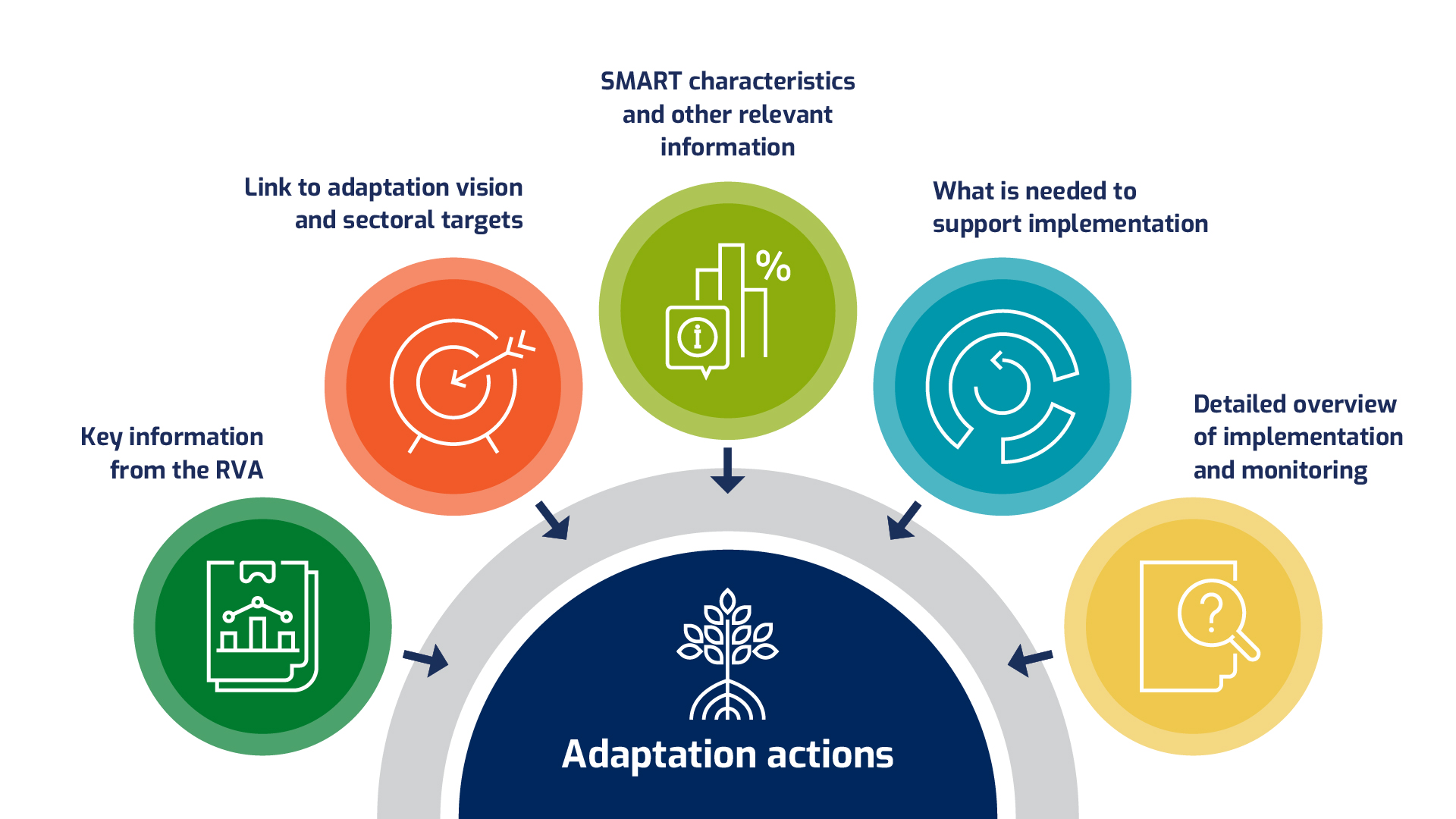Back to Course
CoM SSA Sustainable Energy Access and Climate Action Plan (SEACAP) course
0% Complete
0/0 Steps
-
MODULE 1: Setting the scene
-
Lesson 1.1: Introduction to the CoM SSA initiative2 Topics
-
Lesson 1.2: Introduction to the SEACAP3 Topics
-
Lesson 1.3: Climate change and cities in Africa2 Topics
-
MODULE 2: SEACAP mitigation pillar
-
Lesson 2.1: Key concepts in climate change mitigation1 Topic
-
Lesson 2.2: Introduction to the mitigation pillar2 Topics
-
Lesson 2.3: The SEACAP development process for the mitigation pillar1 Topic
-
Lesson 2.4: Emissions inventories: GHG emissions4 Topics
-
Lesson 2.5: Developing a Baseline Emissions Inventory (BEI)3 Topics
-
Lesson 2.6: Tools for BEI development2 Topics
-
MODULE 3: SEACAP access to energy pillar
-
Lesson 3.1: Key concepts in access to energy
-
Lesson 3.2: Introduction to the access to energy pillar2 Topics
-
Lesson 3.3: The SEACAP development process for the access to energy pillar
-
Lesson 3.4: Data collection3 Topics
-
Lesson 3.5: Developing an Access to Energy Assessment (AEA)2 Topics
-
Lesson 3.6: Setting an energy vision and targets3 Topics
-
Module 3.7: Planning energy actions3 Topics
-
MODULE 4: SEACAP adaptation pillar
-
Lesson 4.1: Key Concepts in climate change adaptation1 Quiz
-
Lesson 4.2: Introduction to the adaptation pillar2 Topics|1 Quiz
-
Lesson 4.3: The SEACAP development process for the adaptation pillar1 Topic|1 Quiz
-
Lesson 4.4: Developing a Risk and Vulnerability Assessment (RVA)1 Quiz
-
Lesson 4.5: Setting an adaptation vision and sectoral targets2 Topics|1 Quiz
-
Lesson 4.6: Planning adaptation actions2 Topics|1 Quiz
-
MODULE 5: Steps to take before you implement your SEACAP
-
Lesson 5.1: Next steps for prioritised actions
-
Lesson 5.2: Categorising actions to access external finance2 Topics|1 Quiz
-
MODULE 6: Communicating your SEACAP
-
Lesson 6.1: Designing your SEACAP3 Topics|1 Quiz
-
Lesson 6.2: Communicating your SEACAP to key stakeholders1 Topic|1 Quiz
-
MODULE 7: Reporting your SEACAP
-
Lesson 7.1: Introduction to reporting your SEACAP3 Topics|1 Quiz
-
Lesson 7.2: Introduction to reporting the mitigation pillar4 Topics|1 Quiz
-
MODULE 8: Integrating your SEACAP into existing planning processes
-
Lesson 8.1: Integrating your SEACAP actions into local level plans1 Topic|1 Quiz
-
Lesson 2.7: Setting mitigation targets2 Topics
-
Lesson 2.8: Planning mitigation actions1 Topic
-
Lesson 7.4: Introduction to reporting the access to energy pillar3 Topics|1 Quiz
-
Lesson 7.3: Introduction to reporting the adaptation pillar3 Topics|1 Quiz
Participants 1632
Lesson 26, Topic 1
In Progress
What are adaptation actions?
3 October 2024
Lesson Progress
0% Complete
Adaptation actions are the actions that are planned in order to meet the adaptation targets set for each sector.
What should be included in adaptation actions?

What key information should be considered from the RVA?
Prior to defining adaptation actions, local governments should have developed an RVA.
The following information from the RVA should be considered when setting actions:
- Local government context
- Historical and projected climate change information
- Current climate hazards and the key sectors, services and population groups impacted by them
- Anticipated future hazards and how these are expected to affect key sectors, services and population groups
- Factors that support or challenge adaptive capacity
How should actions be linked to the adaptation vision and sectoral targets?
- Prior to defining adaptation actions, local governments should have set an overarching adaptation vision and sector targets.
- Adaptation actions should be set to directly meet each of the sectoral targets set by SEACAP stakeholders. They should also contribute to the overarching adaptation vision for the city’s SEACAP.
- Actions should be based on existing national and local efforts/projects/strategies that are contributing to building the city’s resilience to climate hazards.
